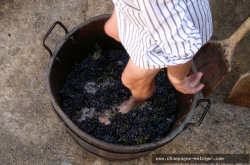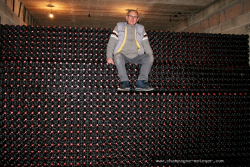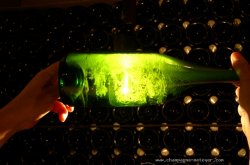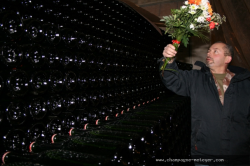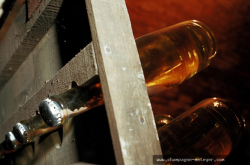Vinification
The winemaking of Champagne consists of several key steps, with methods specific to the Champagne AOC that give Champagne wines their distinctive character.
Explore the steps of Champagne production:
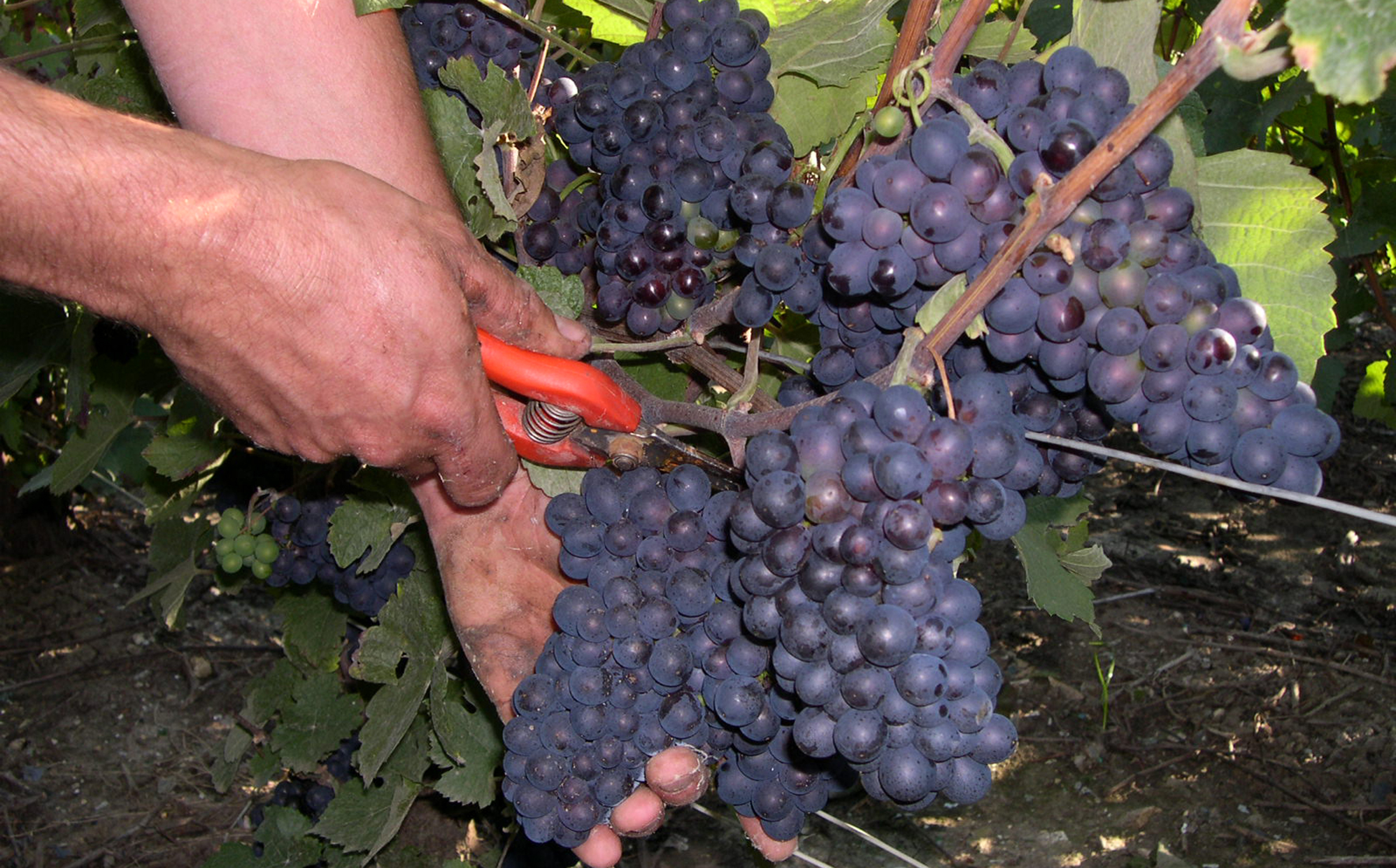 HARVEST:
HARVEST:
The harvest is the period when grapes intended for wine production are collected. A crucial moment in the vine's cycle, it marks the end of the grape ripening process and typically begins between September and October, depending on the region and grape variety. Traditionally done by hand, the harvest is a decisive time for winemakers, as it determines the quality of the production for the year.
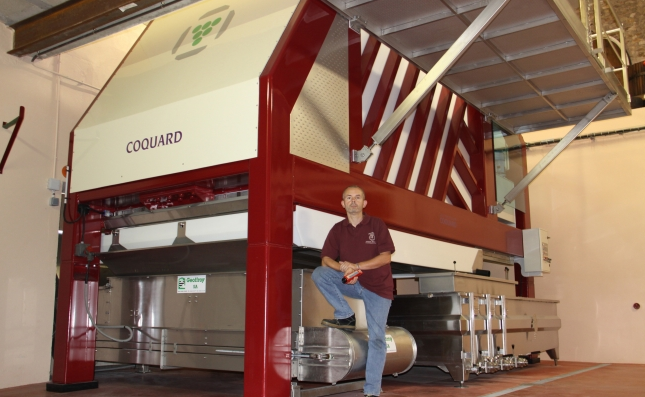 PRESSING:
PRESSING:
The pressing is gentle and gradual, aimed at preserving the quality and preventing the juices from being tainted. It is done in several phases, with the musts (juices) being separated: the cuvée (the first juice, the best) and the taille (the second juice).
We take care to press grapes from different grape varieties (Chardonnay, Meunier, Pinot Noir) separately, as well as from different plots (young or old vines, etc.). By separating the cuvée from the taille, and the grape varieties and plots, we then have a wide range of wines to create our blends.
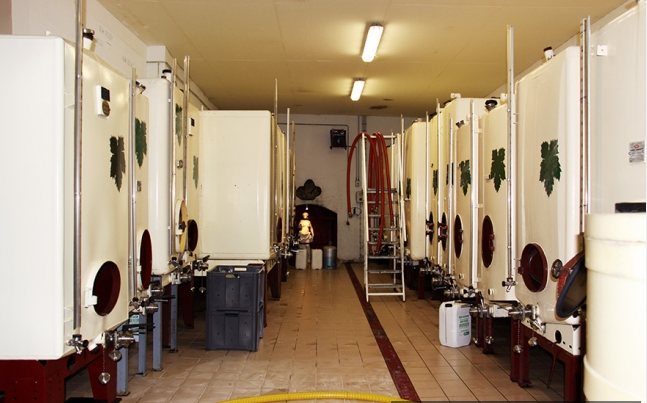 VINIFICATION:
VINIFICATION:
After pressing, the musts are placed in vats, where they undergo two successive fermentations over a period of 2 to 3 weeks.
- Alcoholic fermentation: The juice is transformed into wine through the action of yeast. The yeast consumes the sugar, converting it into alcohol and releasing carbon dioxide, which is expelled from the top of the vats. The resulting wines are still white wines, with an alcohol content of around 10.5%.- Malolactic fermentation: This process involves the transformation of malic acid into lactic acid, thanks to selected bacteria. At this stage, it is referred to as "vin clair" (still wine).
Météyer Champagnes do not undergo malolactic fermentation, as we prefer a longer aging period on the lees, which gives our champagnes character, roundness, and "buttery" notes. This approach allows us to create our unique champagne style and bring out a distinct expression of the terroir. Afterward, the wine is left to rest for a few months.
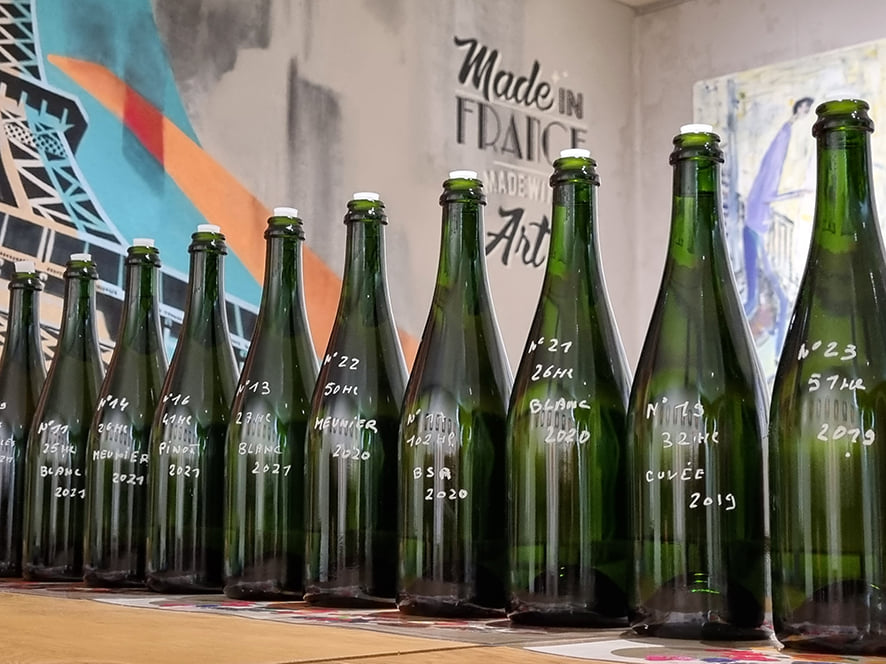 ASSEMBLAGE/BLENDING:
ASSEMBLAGE/BLENDING:
One of the secrets of champagne lies in the blending of cuvées. Indeed, the vast majority of champagnes are the result of blends (known as "assemblages") of wines from different years, parcels, grape varieties, or crus.
The blending process helps maintain a consistent style, despite variations in quantity and quality from each harvest. To achieve this, reserve wines are used: each year, a portion of the harvest is kept in vats for 2 to 3 years after alcoholic fermentation. These more evolved wines are then blended in varying proportions with the wines from the current harvest.
The art lies in creating a harmonious and balanced marriage, and each cellar master carefully guards the secret of this operation, which gives the champagne its unique personality. If a particular vintage is especially remarkable, a cuvée can be made from a single year's wine. This champagne will then be labeled as a vintage champagne.
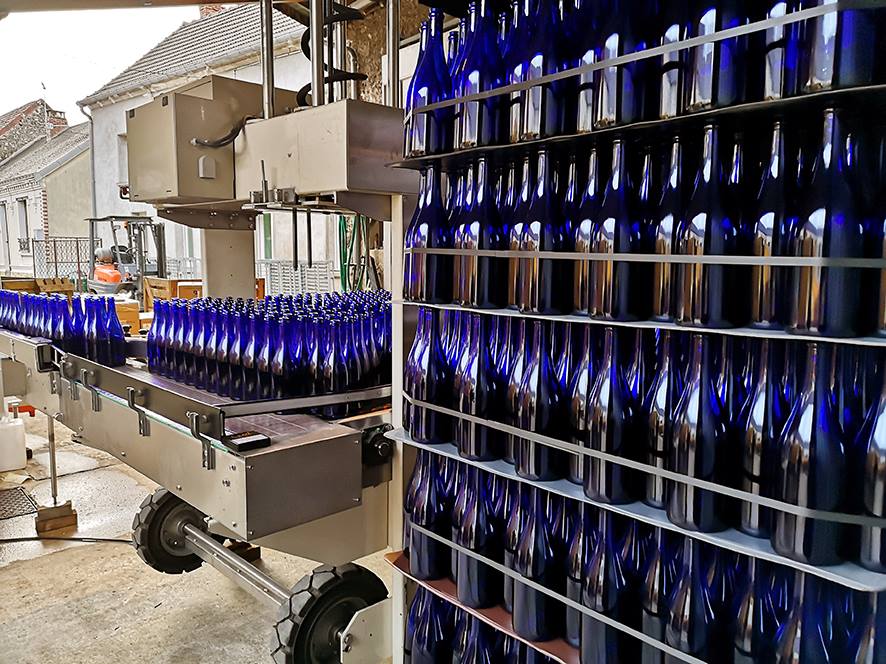 TIRAGE/BOTTLING:
TIRAGE/BOTTLING:
Once the cuvée is created (each cellar master typically develops several, of varying quality and price), the wine is bottled, a process known as tirage.
At this stage, a small quantity of "liqueur de tirage" (a sweetened mixture) and selected yeasts are added, providing everything the wine needs for its secondary fermentation.
This second fermentation generates carbon dioxide inside the bottle, which is sealed beforehand. The pressure can then reach 5 to 6 bars. This is the "prise de mousse," a delicate process that must take place slowly and at a constant temperature to create a fine mousse and allow the most subtle aromas to develop. The bottle is then sealed with a small hollow plastic stopper, known as a "bidule," held in place by a metal cap.
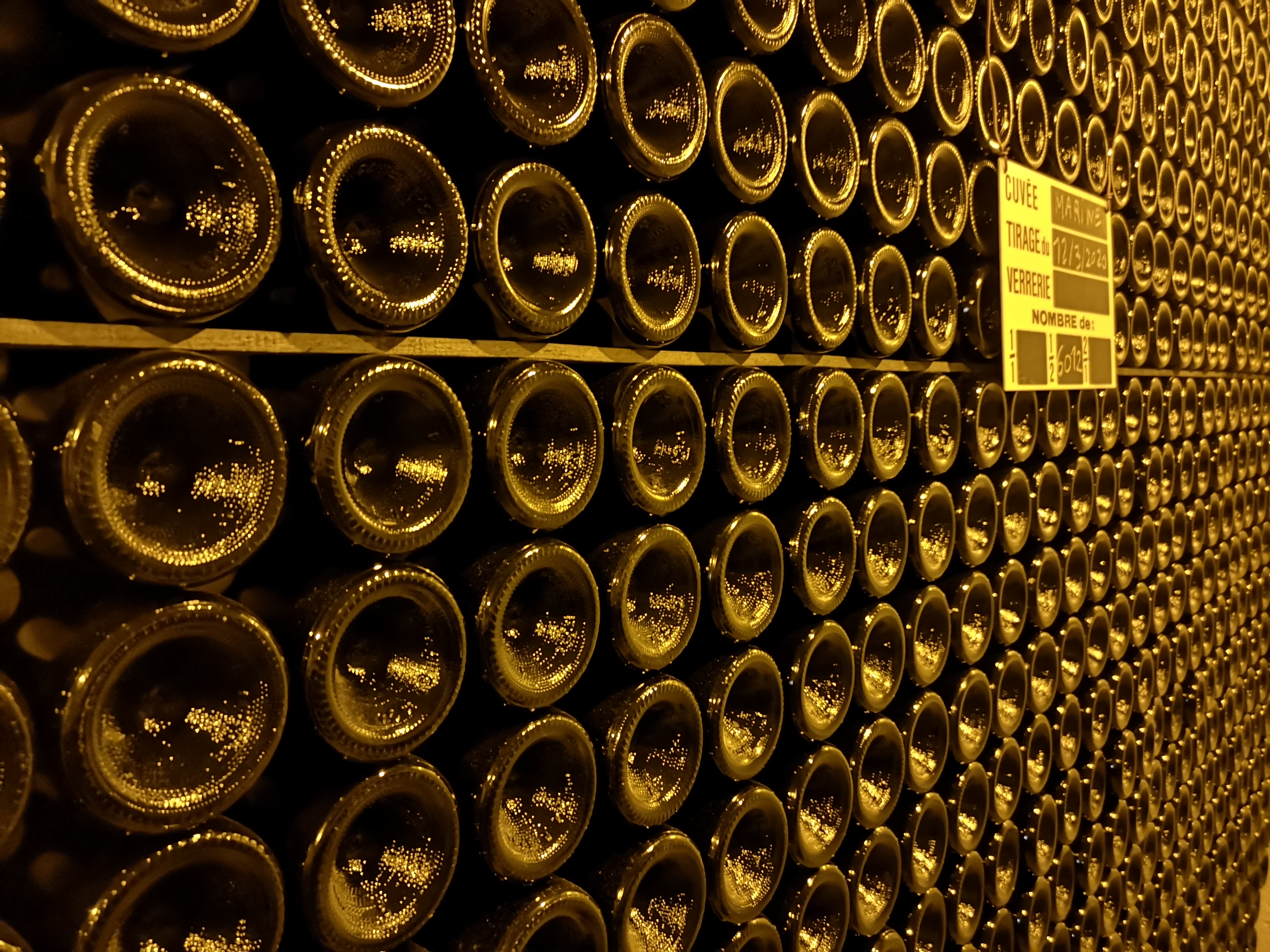 MATURATION:
MATURATION:
Once the "prise de mousse" is complete, the yeast dies and forms a deposit, with its molecules interacting with those of the wine. Simultaneously, a gas exchange occurs with the outside environment. This interaction with the deposit and the slight oxidation contribute to the evolution of the aromas and enhance the tasting qualities of the champagne.
The maturation period varies depending on the types of blends and the desired result, but legislation requires relatively long minimum durations to ensure quality, setting champagne apart from other sparkling wines: a minimum of 15 months after tirage, with at least 12 months on the lees, for non-vintage champagnes, and a minimum of 3 years for the vintage champagnes.
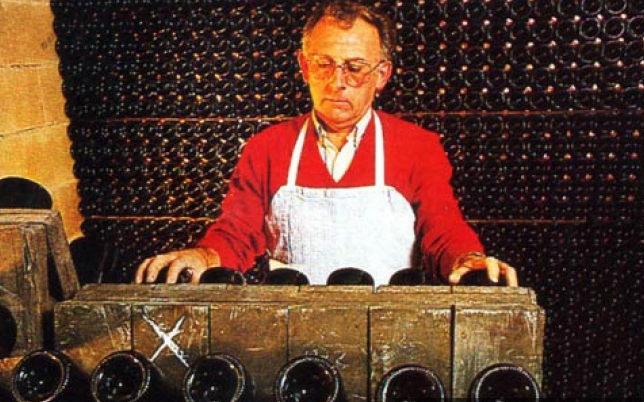 REMUAGE/RIDDLING:
REMUAGE/RIDDLING:
Once the maturation is deemed sufficient and before the bottles can be shipped, the deposit that clouds the champagne must be removed. Remuage is an ancient, typically Champagne technique that involves moving the deposit to the neck of the bottle so it can be completely expelled. This operation can be done manually or automatically.
Traditional Method:
The technique involves placing each bottle horizontally on a wooden rack (pupitre), then rotating the bottle every day by an eighth or a quarter turn, either left or right. These movements allow the heavier deposit to capture the lighter deposit, down to the finest particles, making the champagne perfectly clear. In addition to this rotating movement, the bottle is gradually tilted upright until it is in a vertical position, allowing the deposit to move into the neck, in the plastic "bidule." This manual process takes about a month.
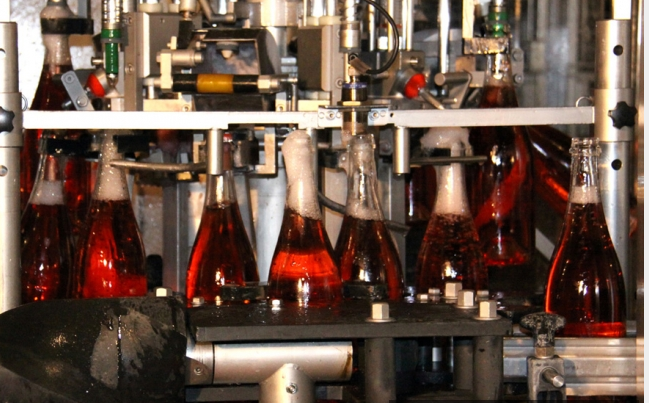 DISGORGING :
DISGORGING :
Disgorging is a crucial final step in the production of Champagne, allowing the wine to be rid of dead yeast and the sediment that has accumulated during maturation.
Freezing the bottle neck: The bottle is placed upside down, and its neck is immersed in a solution at -25°C to freeze the sediment.
Expelling the sediment: Once frozen, the sediment forms an ice plug. When the capsule is removed, the pressure inside the bottle expels the ice plug.
Adding the dosage liqueur: After disgorging, the dosage liqueur is added to adjust the flavor and balance of the Champagne. The dosage determines whether the Champagne will be: Brut: low in sweetness, Demi-Sec: slightly sweet, Brut Zero: no added sugar, with no dosage liqueur.
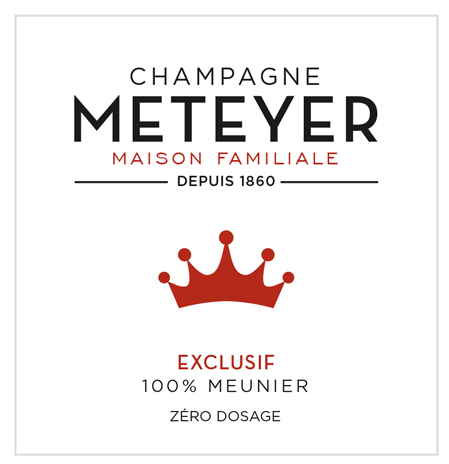 LABELLING :
LABELLING :
The labeling stage involves applying the visual and informational elements to the bottle before it is marketed. This includes placing the cap (an aluminum capsule that covers the cork), the main label, and the back label. These elements provide the legal mentions as well as important information regarding the Champagne.


